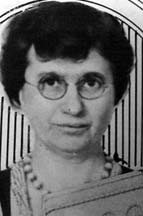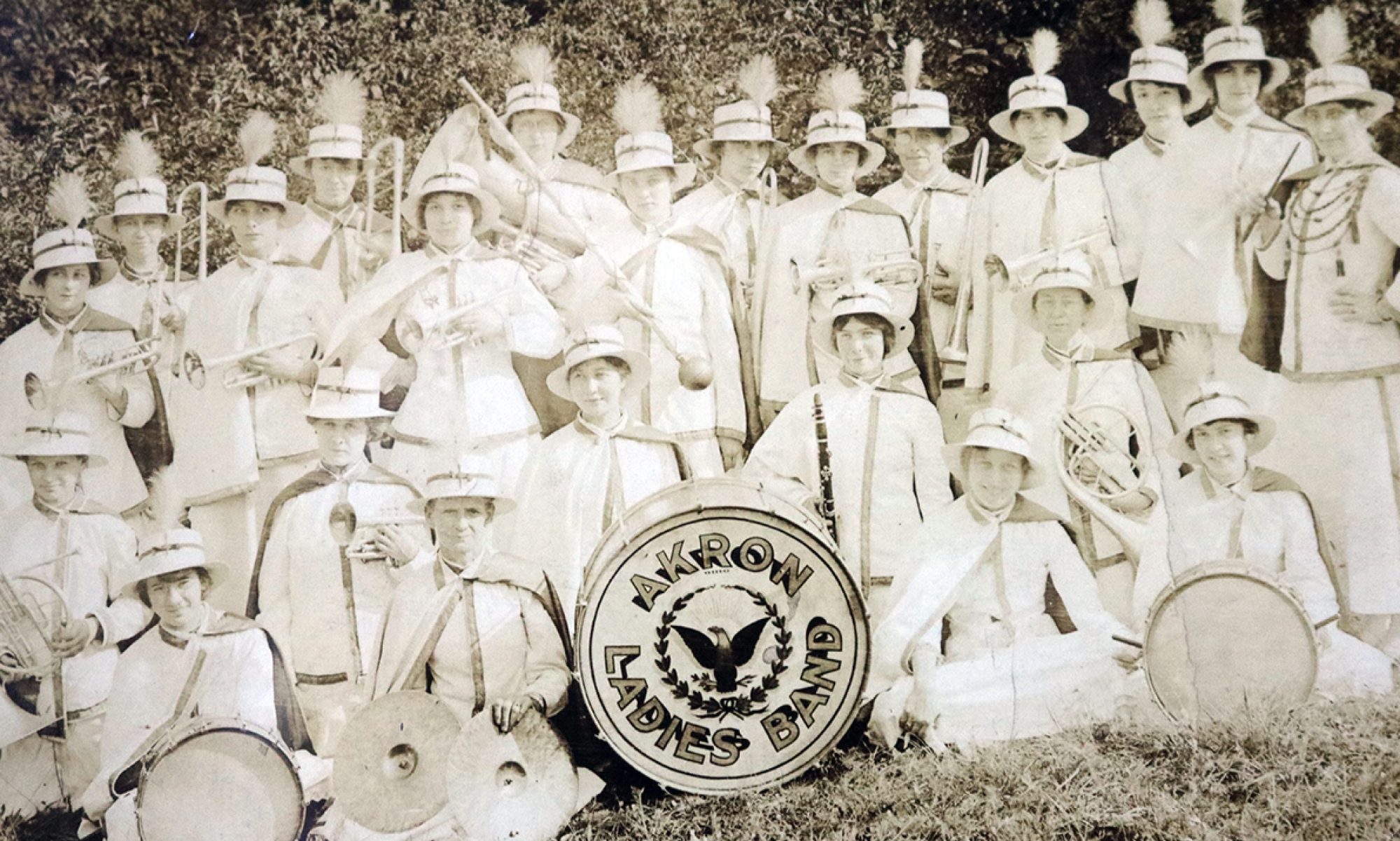
Under Edith Nash’s supervision, the Young Women’s Christian Association (YWCA) of Akron grew from a small but thriving organization into a force within the city. It was under Nash’s leadership that Akron’s YWCA swelled in membership, built a new headquarters and introduced new services to the city. At the brink of her success, Edith Nash resigned and left the city.
Little is known of Edith Nash’s career before Akron. According to sketchy YWCA personnel records, Nash had been with the Oberlin YWCA before coming to Akron. At the time she was appointed general secretary of the Akron chapter (1917), she was in her early 30s.
Nash had great skill in administrative matters and soon took Akron’s YWCA into new directions. In 1918, Nash argued that Akron home owners were reluctant to rent to women workers coming into the city during the war. Soon after, underwritten by money from Henry Firestone, owner of Firestone Tire and Rubber and an important employer of women workers, the first dormitory for women workers was opened. By 1920, the YWCA patched together three homes on South Union Street, called the “Blue Triangle,” as a dormitory for women workers. That dorm would have to suffice until 1931 when the grand, new YWCA headquarters opened on South High Street.
Nash also supervised the expansion of the old Grace House headquarters to include a dining room and club house. In 1918, she oversaw the opening of the YWCA’s first summer camps for Akron girls and working women. In 1925, she negotiated the YWCA’s purchase of land on Lake Erie. That land was transformed into Camp YaWaCa, the YWCA facility used by Akron working women and girls for decades.
But perhaps the greatest testament to Nash’s capability was the grand, state-of-the-art YWCA headquarters, opened in 1931. With a supportive group of board members, including Mary (Mrs. O.C.) Barber, Grace (Mrs. W.S) Chase, Elizabeth (Mrs. George W.) Crouse, Louise (Mrs. W.S.) Voris and Mary (Mrs. J.B.) Wright, Nash supervised the fund-raising campaign and the construction of an enormous building on South Water Street. The Beacon Journal praised the building and C.W. Seiberling, one of the owners of Seiberling Rubber, had only praise for the general secretary who seemed to make everything possible.
And then, Edith Nash resigned. After 14 years of enormous successes, Nash left Akron. She said she planned to travel and study the labor movement.
Photo of Edith Nash courtesy of the Beacon Journal.
–Kathleen L. Endres
